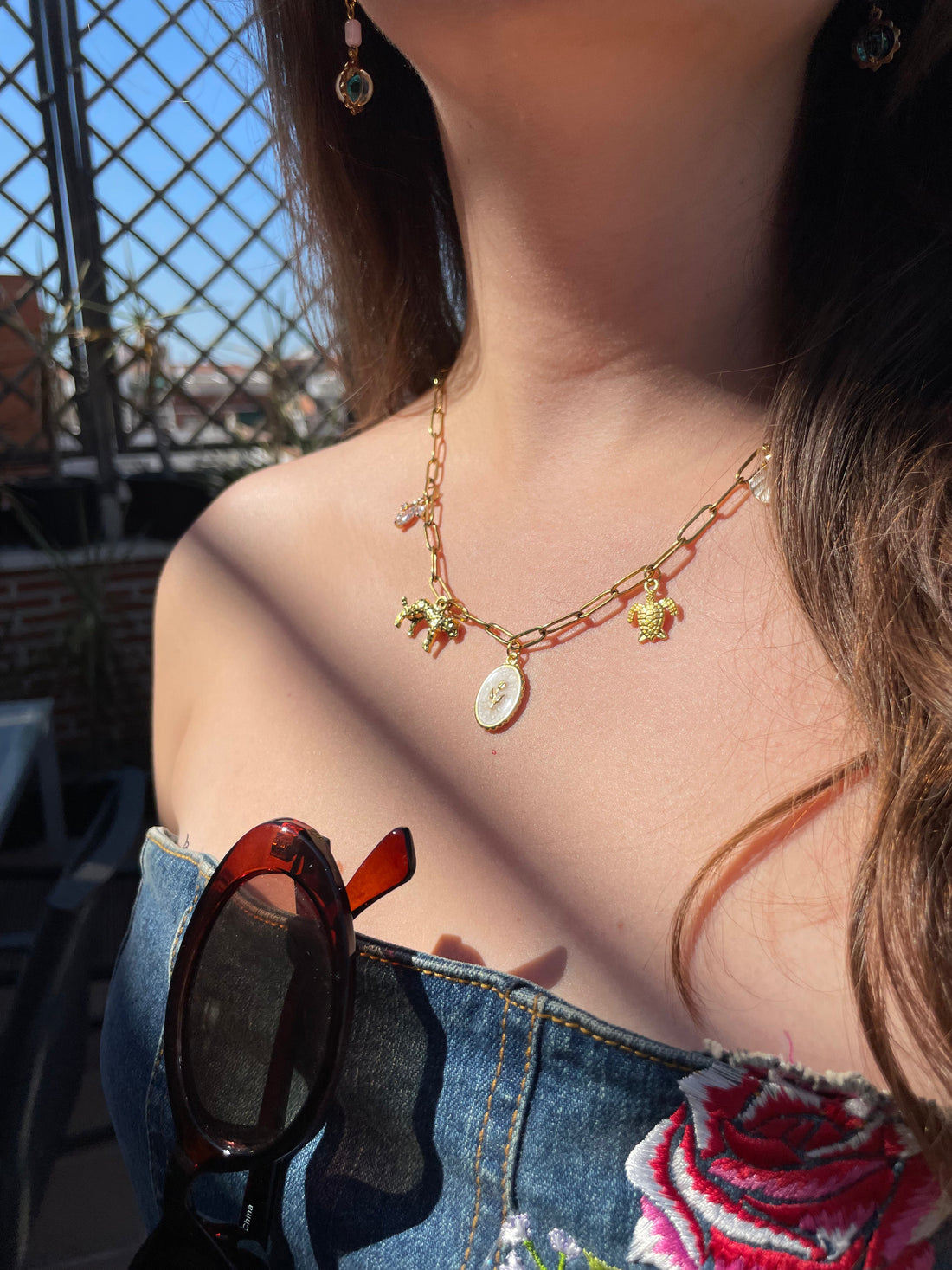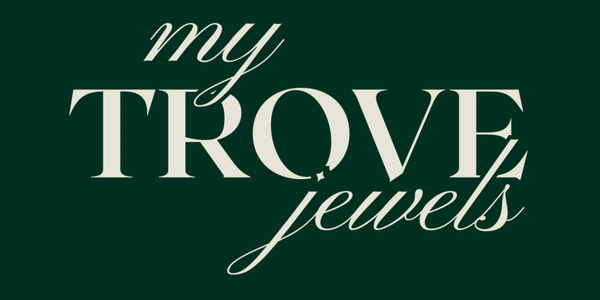
The Anthropology of Jewellery: How Adornment Shapes Identity, Memory & Ritual
Share
What’s the first thing you reach for in the morning? For many of us, it’s not our phones (okay, maybe it is our phones), but it’s also the tiny rituals: slipping on a pair of earrings, clasping a necklace, stacking our favourite rings. Jewellery isn’t just decoration. It’s one of the oldest forms of human self-expression. And anthropology has a lot to say about why we’ve always been drawn to it.

First let’s define anthropology; Put simply, anthropology is the study of humans, not just our bones and biology, but our cultures, rituals, languages, and the little things that make us us. Anthropologists are basically detectives of humanity. They ask: Why do people do what they do? What connects us across time and place?
And when it comes to anthropology, jewellery is a fascinating case study. From shells strung on fibres 100,000 years ago to the charms and chains we wear today, humans have always used adornment as a way to tell stories, signal belonging, and make sense of the world.
Jewellery as a Rite of Passage
Across cultures and centuries, jewellery has marked our milestones. From baby bracelets in South Asia to sweet sixteen necklaces in the West, adornments signal that something has changed. An anthropologist might call this a rite of passage as jewellery becomes a physical marker of transformation, worn to announce to the world (and maybe to ourselves): I’m different now.

Identity and Belonging
Jewellery is also about connection. Ancient tribes painted shells, carved stones or threaded beads to show they belonged to a group. Today, we might not be living in clans in the desert, but the principle is the same. That friendship bracelet? It’s saying I’m part of this bond. That signet ring or pendant with your star sign or even certain styles of jewellery to show you belong to a culture, ethnicity or community. Jewellery is social shorthand communicating identity without a single word.
Jewellery as Story
Heirlooms passed down through generations remind us of this: a necklace isn’t just metal and stone, it’s amemory. Your grandmother’s bangle isn’t valuable only because of its gold content but it carries the weight of her stories, her laughter and her struggles. Anthropologists argue that jewellery is one of humanity’s first storytelling devices. Every piece has a tale.
Talismans and Charms
Before jewellery was ever “aesthetic,” it was protective. Amulets in Ancient Egypt guarded against evil spirits. Charms in medieval Europe promised fertility or warded off illness. Even today, we gravitate towards pendants and beads with “meanings” such as a star for hope. Whether we believe it or not, there’s comfort in wearing a talisman close to our skin.

The Everyday Ritual
Here’s the part that feels the most universal: jewellery is a daily practice. Anthropologists often talk about self-construction, basically how we choose to present ourselves to the world. Each morning, when we put on a necklace or stack our rings, we’re quietly shaping our identity for the day. Who am I today? Subtle gold hoops, or bold statement earrings? It’s a ritual of becoming.
Jewellery is not just a decoration, its a story. Across cultures, it has been about memory, belonging and protection. It also gives us a space to experiment - a chance to test run parts of our identity.
Anthropologists might call this a ritual. Psychologists might call it low-stakes identity rehearsal, the safe, everyday practice of trying on different versions of ourselves. And in that sense, jewellery isn’t just about looking good. It’s about becoming.

